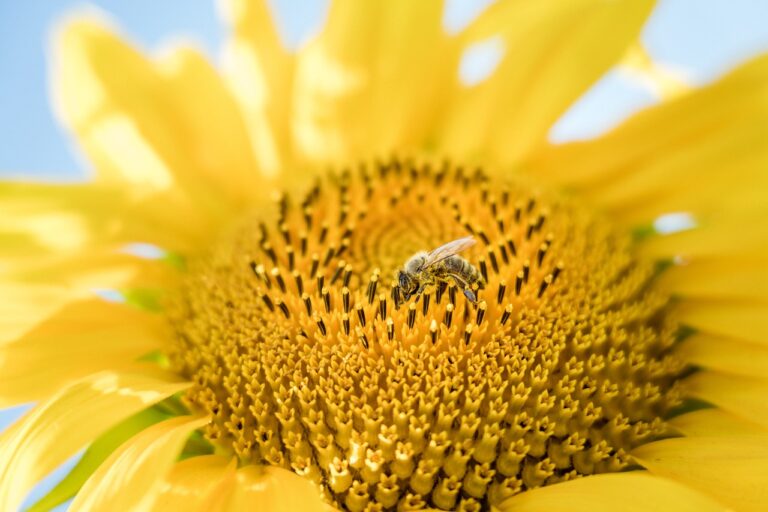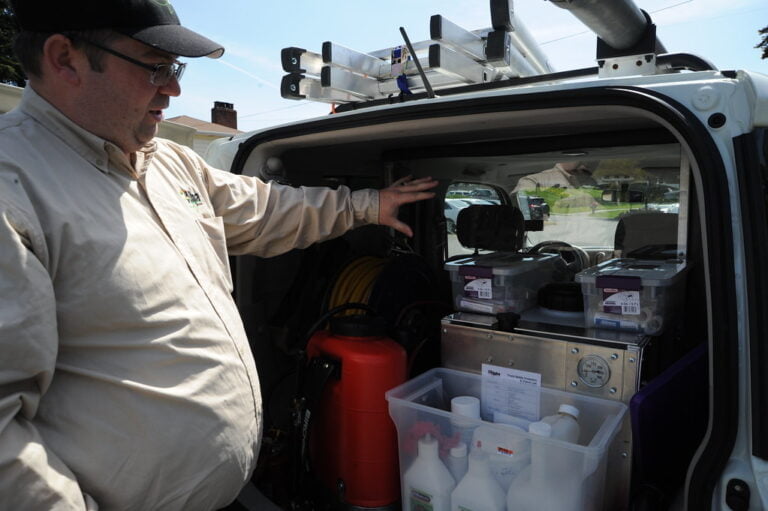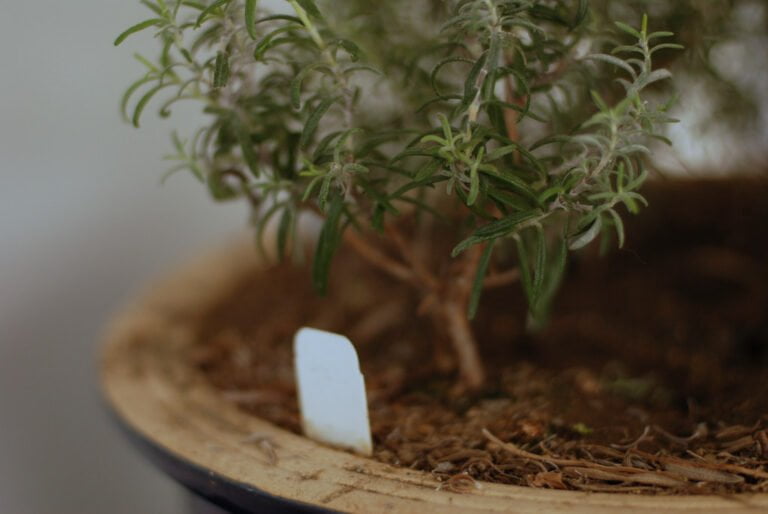A Comprehensive Guide on How to Deadhead Geraniums
Deadheading geraniums is a must for boosting new blooms, keeping your plants healthy, and ensuring they look their best. To get started, grab your garden shears or a plant knife for crisp cuts. Locate the wilted bloom’s stem, snip it at a 45-degree angle, and do this weekly to keep the blooms coming. Regularly deadheading also helps prevent disease spread and encourages a disease-free growing environment. If you want to know more about maximizing your geraniums’ blooming potential, there are additional tips to help your plants thrive.
Importance of Deadheading Geraniums
Regular deadheading of geraniums is vital for promoting new bloom production and maintaining plant health. When we deadhead geraniums, we remove the spent flowers from the plant. This process encourages the plant to focus its energy on creating new blooms instead of producing seeds. By continuously deadheading geraniums, we help them look fuller and more vibrant as they channel their resources into new flower growth rather than seed development.
Furthermore, deadheading plays an essential role in preventing diseases and pest infestations in geranium plants. By removing the fading flowers promptly, we eliminate potential breeding grounds for harmful pathogens and pests. This practice not only enhances the aesthetic appeal of the plant but also contributes to its overall health and longevity. Proper deadheading techniques ensure continuous blooming throughout the geranium’s growing season, guaranteeing a visually stunning display of flowers.
Tools Needed for Deadheading
To effectively deadhead geraniums, the essential tools required include garden shears or a plant knife. These tools are critical for maintaining the health and appearance of your geranium plants. When deadheading, it is important to use sharp and clean tools to make precise cuts and prevent any damage to the plant.
Garden shears are a popular choice for deadheading geraniums due to their efficiency and ease of use. Sharp garden shears allow you to quickly snip off spent blooms, promoting new growth and flower production. When using garden shears, make sure they are disinfected to prevent the spread of diseases between plants.
Alternatively, a plant knife can be used for deadheading geraniums, especially when dealing with thicker stems or hard-to-reach blooms. A plant knife offers more precision, allowing you to make clean cuts without causing unnecessary stress to the plant. Make certain that the plant knife is sharp to avoid tearing the plant tissue.
Having the right tools for deadheading geraniums can make the process smoother and more effective. Whether you prefer garden shears or a plant knife, using the appropriate tools guarantees that your geraniums stay healthy and vibrant throughout the growing season.
Step-by-Step Deadheading Guide
Using sharp garden shears or a plant knife, carefully remove faded or spent flower heads from geranium plants to stimulate new blooms and maintain plant health. To deadhead geraniums effectively, start by locating the stem of the wilted bloom. Follow the stem down to the first healthy set of leaves near the flower.
Once you have identified the point where the stem meets the leaves, make a clean cut at a 45-degree angle just above this junction. Cutting at an angle helps water slide off the cut surface, preventing rot. Be sure to use sharp and clean tools to avoid damaging the plant.
After removing the faded bloom, continue deadheading the geranium by repeating the process for each spent flower. Regular deadheading not only encourages the plant to produce more blooms but also helps it look fuller and healthier. Remember to deadhead geraniums once a week to enjoy continuous summer blooms and maintain a neat appearance in your garden.
Preventing Disease Spread
Removing faded flower heads from geranium plants not only promotes new blooms but also plays an important role in preventing the spread of diseases by eliminating infected or decaying plant material. Here are some key points to keep in mind when deadheading geraniums to prevent disease spread:
- Regular Removal: Deadheading spent blooms regularly is essential to reduce the risk of fungal infections that can affect geraniums. By promptly removing faded flowers, you eliminate potential breeding grounds for harmful pathogens.
- Pathogen Prevention: Removing spent blooms promptly can prevent the spread of pathogens that cause leaf spot and other diseases in geranium plants. By getting rid of the decaying plant material, you create a healthier environment for your geraniums to thrive.
- Proper Disposal: Correctly disposing of deadheaded plant material is crucial in preventing the buildup of disease-causing agents. By disposing of the removed plant parts away from your garden area, you minimize the chances of diseases spreading to other plants.
- Maintenance of Health: Deadheading is an essential practice in geranium care to maintain overall plant health and vitality. By staying proactive in removing spent blooms, you contribute significantly to the well-being of your geraniums and help in maintaining a disease-free growing environment.
Tips for Continuous Blooming
Regularly deadheading geranium plants once a week encourages continuous blooming throughout the summer season. To guarantee a prolonged display of vibrant blooms, it is important to clip the faded flower stems back to the healthiest set of leaves near the bloom. By doing so, the plant can focus its energy on producing new growth and additional blooms. This practice not only promotes a visually appealing garden but also helps maintain the health of the geranium by preventing disease spread.
When deadheading geraniums for continuous blooming, it is essential to keep up with this task on a weekly basis. Consistent removal of spent flowers redirects the plant’s resources towards generating new blooms, resulting in a more abundant and colorful flowering period. Additionally, by tidying up the plant after deadheading, you can keep the garden looking neat and organized while also reducing the risk of pathogens affecting your geraniums.
For best results, deadhead geraniums either in the morning or evening when temperatures are cooler. This timing helps minimize stress on the plant and ensures that the process is beneficial rather than harmful. By following these tips and maintaining a regular deadheading routine, you can enjoy a continuous show of beautiful geranium blooms throughout the summer months.






